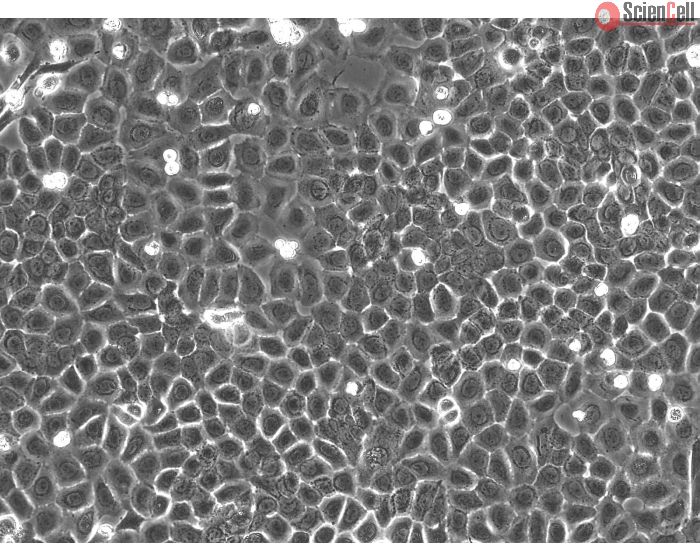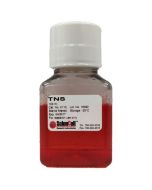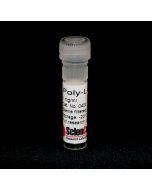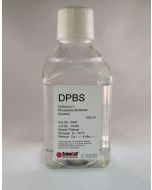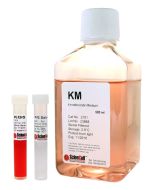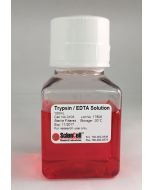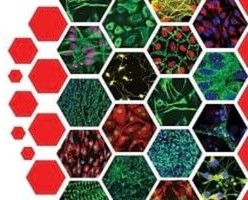Rat Epidermal Keratinocytes
Catalog No.
R2100
REK from ScienCell Research Laboratories are isolated from neonatal rat skin. REK are cryopreserved at passage one and delivered frozen. Each vial contains >5 x 105 cells in 1 ml volume.
$452.00
In Stock
